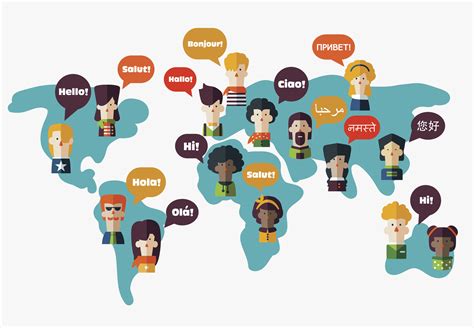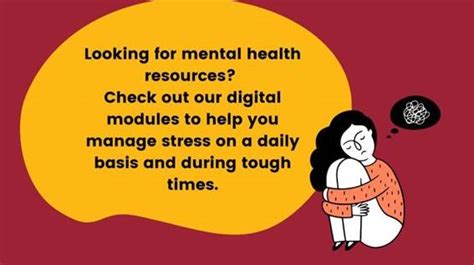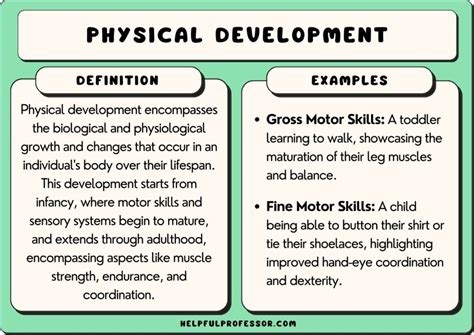Intro
As a parent, witnessing your child grow and develop is an incredible experience. Between the ages of one and three, children undergo rapid physical, emotional, and cognitive development. At two years old, children typically reach specific milestones that mark their progress. Understanding these milestones is essential for parents to identify areas where their child might need extra support or to simply appreciate the remarkable growth they are experiencing.
Reaching the age of two is a significant milestone in a child's life, filled with curiosity, exploration, and learning. At this stage, children begin to assert their independence, test boundaries, and develop their communication skills. Parents often find themselves both amazed and challenged by the sudden surge in their child's abilities and behaviors. Recognizing the typical milestones for a two-year-old can help parents navigate this period with more confidence and patience.
This period of development is crucial, as it lays the foundation for future growth and learning. Parents, caregivers, and healthcare providers closely monitor a child's progress to ensure they are meeting their developmental milestones. While every child grows at their own pace, there are certain achievements that are commonly expected around the age of two. These include improvements in language, social skills, fine and gross motor skills, and problem-solving abilities. By understanding what to expect, parents can better support their child's development and address any concerns they may have about their child's progress.
Language and Communication Development

Language development is one of the most notable milestones at the age of two. Children typically start combining two words together, such as "mama go," and their vocabulary expands significantly. They begin to identify body parts, understand simple stories, and follow basic directions. Enhancing language skills at this stage can be achieved through reading, singing songs, and engaging in conversations with the child. Parents can encourage language development by responding to their child's attempts to communicate, even if it's just babbling, and by using real objects to demonstrate the meaning of words.
Enhancing Language Skills
Some strategies for enhancing language skills in two-year-olds include: - Reading books with simple and colorful pictures - Singing songs and reciting nursery rhymes - Engaging in conversations, even if the child is not yet speaking fluently - Using gestures and facial expressions to convey meaning - Encouraging the child to point to and identify different objects and body partsSocial and Emotional Development

At two years old, children also exhibit significant social and emotional development. They may show affection for familiar people, play alongside other children (though not necessarily with them), and start to test boundaries. Tantrums are common as children struggle with expressing their emotions and needs. Teaching emotional regulation, such as taking deep breaths or counting, can be beneficial. Additionally, providing a safe and nurturing environment where children feel secure to express their feelings is crucial.
Managing Tantrums
Managing tantrums in two-year-olds requires patience, understanding, and consistency. Some tips include: - Staying calm and not reacting angrily - Validating the child's feelings - Offering choices to give the child a sense of control - Setting clear boundaries and expectations - Providing a safe space for the child to express their emotionsPhysical Development

Physically, two-year-olds experience rapid growth. They improve their balance, can run though not very steadily, kick a ball forward, and climb up stairs with support. Fine motor skills also advance, with children able to draw simple shapes and build towers with blocks. Encouraging physical activity through play, such as dancing, throwing balls, and climbing, is essential for developing these skills.
Activities for Physical Development
Some activities that can help promote physical development in two-year-olds include: - Playing outdoor games like tag or soccer - Engaging in sensory play, such as playing with playdough or sand - Providing opportunities for climbing, such as a jungle gym or climbing wall - Practicing dressing and undressing to improve fine motor skills - Dancing to music to enhance balance and coordinationCognitive Development

Cognitively, two-year-olds are curious and love to explore their environment. They begin to solve simple problems, such as putting a puzzle piece in the correct spot, and demonstrate an understanding of cause-and-effect relationships. Playing with puzzles, shape sorters, and stacking toys can enhance cognitive development. Reading books that encourage interaction, such as "lift-the-flap" books, can also stimulate their problem-solving skills.
Enhancing Cognitive Skills
Some strategies for enhancing cognitive skills in two-year-olds include: - Providing a variety of toys and materials that encourage exploration and discovery - Engaging in activities that promote problem-solving, such as puzzles and shape sorters - Reading interactive books that encourage children to think critically - Encouraging children to make choices and take risks in a safe environment - Practicing sorting and categorizing objects by shape, color, and sizeSupporting Developmental Milestones

Supporting a child's developmental milestones requires a comprehensive approach that includes providing a nurturing environment, engaging in activities that promote learning, and being responsive to the child's needs. Parents can support their child's development by:
- Creating a safe and supportive environment that encourages exploration and learning
- Engaging in activities that promote physical, cognitive, and emotional development
- Being responsive to the child's needs and providing guidance and support when needed
- Encouraging independence and self-confidence
- Providing opportunities for socialization and interaction with other children and adults
Creating a Supportive Environment
Creating a supportive environment for a two-year-old involves: - Providing a safe and stable home environment - Encouraging open communication and responsiveness to the child's needs - Offering a variety of activities and materials that promote learning and development - Setting clear boundaries and expectations - Showing physical affection and emotional supportWhat are the most significant milestones for a two-year-old?
+The most significant milestones for a two-year-old include improvements in language and communication, social and emotional development, physical development, and cognitive development. These milestones are crucial for future growth and learning.
How can I support my child's language development?
+You can support your child's language development by reading books, singing songs, and engaging in conversations with them. Responding to their attempts to communicate and using real objects to demonstrate the meaning of words can also be helpful.
What are some strategies for managing tantrums in two-year-olds?
+Some strategies for managing tantrums in two-year-olds include staying calm, validating their feelings, offering choices, setting clear boundaries, and providing a safe space for them to express their emotions.
In conclusion, the journey of a two-year-old's development is filled with excitement, challenges, and opportunities for growth. By understanding the typical milestones and how to support them, parents can foster a nurturing environment that encourages their child to thrive. Whether it's through enhancing language skills, managing tantrums, or promoting physical development, every interaction with a two-year-old is a chance to shape their future. As you navigate this incredible period, remember to cherish the moments, seek support when needed, and celebrate the small victories along the way. We invite you to share your experiences, ask questions, or offer advice on how to support the developmental milestones of a two-year-old. Your insights can help create a community of supportive and informed parents and caregivers.
